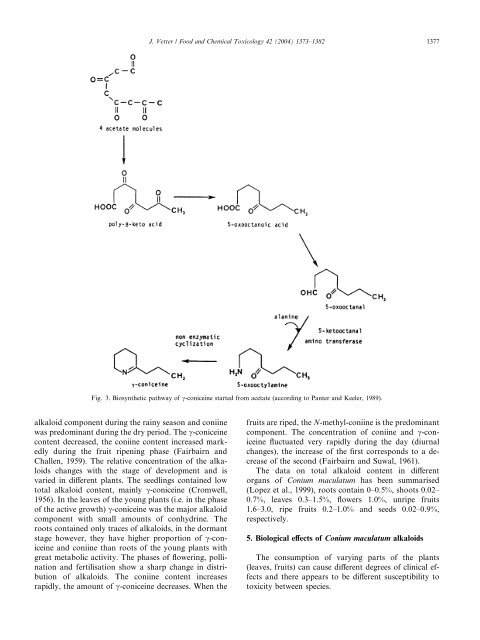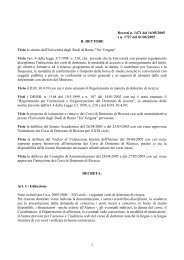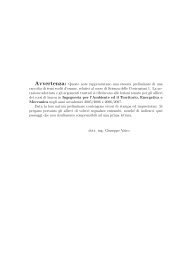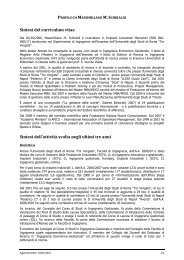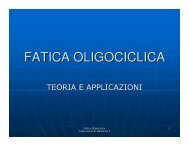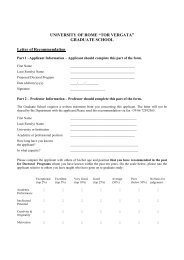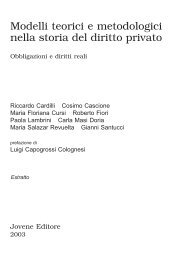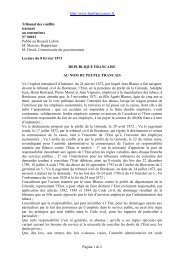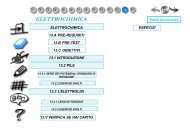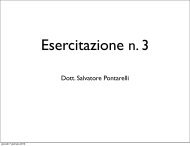Create successful ePaper yourself
Turn your PDF publications into a flip-book with our unique Google optimized e-Paper software.
alkaloid component during the rainy season and coniine<br />
was predominant during the dry period. The c-coniceine<br />
content decreased, the coniine content increased markedly<br />
during the fruit ripening phase (Fairbairn and<br />
Challen, 1959). The relative concentration of the alkaloids<br />
changes with the stage of development and is<br />
varied in different plants. The seedlings contained low<br />
total alkaloid content, mainly c-coniceine (Cromwell,<br />
1956). In the leaves of the young plants (i.e. in the phase<br />
of the active growth) c-coniceine was the major alkaloid<br />
component with small amounts of conhydrine. The<br />
roots contained only traces of alkaloids, in the dormant<br />
stage however, they have higher proportion of c-coniceine<br />
and coniine than roots of the young plants with<br />
great metabolic activity. The phases of flowering, pollination<br />
and fertilisation show a sharp change in distribution<br />
of alkaloids. The coniine content increases<br />
rapidly, the amount of c-coniceine decreases. When the<br />
J. Vetter / Food and Chemical Toxicology 42 (2004) 1373–1382 1377<br />
Fig. 3. Biosynthetic pathway of c-coniceine started from acetate (according to Panter and Keeler, 1989).<br />
fruits are riped, the N-methyl-coniine is the predominant<br />
component. The concentration of coniine and c-coniceine<br />
fluctuated very rapidly during the day (diurnal<br />
changes), the increase of the first corresponds to a decrease<br />
of the second (Fairbairn and Suwal, 1961).<br />
The data on total alkaloid content in different<br />
organs of <strong>Conium</strong> <strong>maculatum</strong> has been summarised<br />
(Lopez et al., 1999), roots contain 0–0.5%, shoots 0.02–<br />
0.7%, leaves 0.3–1.5%, flowers 1.0%, unripe fruits<br />
1.6–3.0, ripe fruits 0.2–1.0% and seeds 0.02–0.9%,<br />
respectively.<br />
5. Biological effects of <strong>Conium</strong> <strong>maculatum</strong> alkaloids<br />
The consumption of varying parts of the plants<br />
(leaves, fruits) can cause different degrees of clinical effects<br />
and there appears to be different susceptibility to<br />
toxicity between species.


